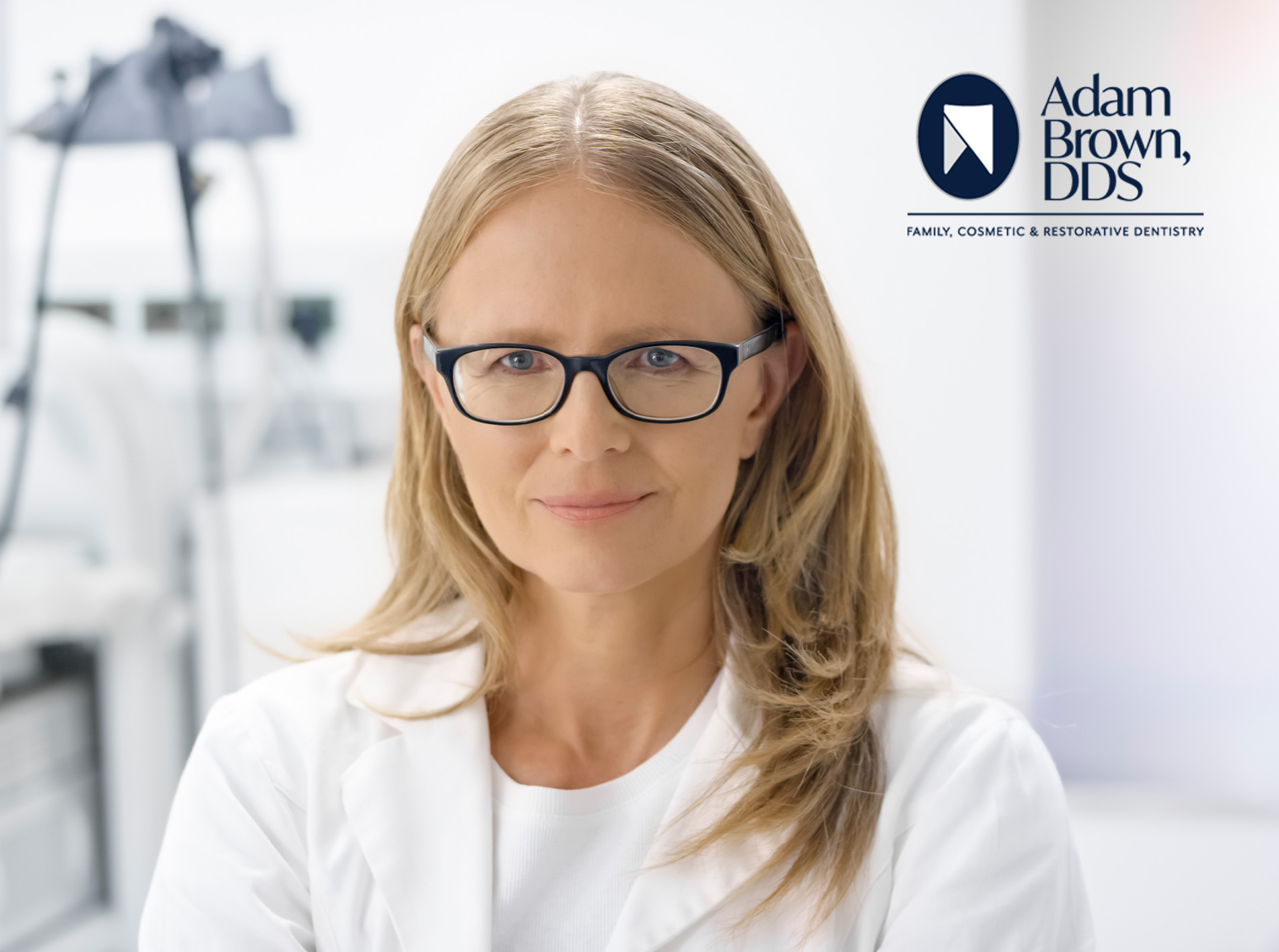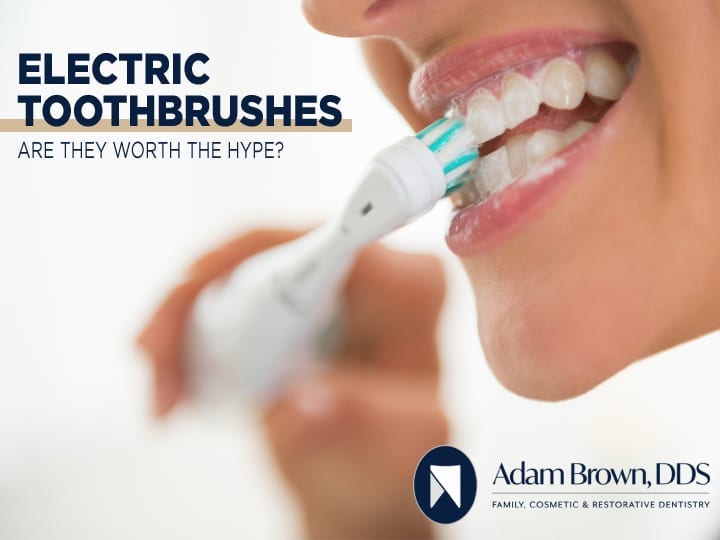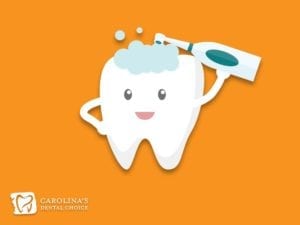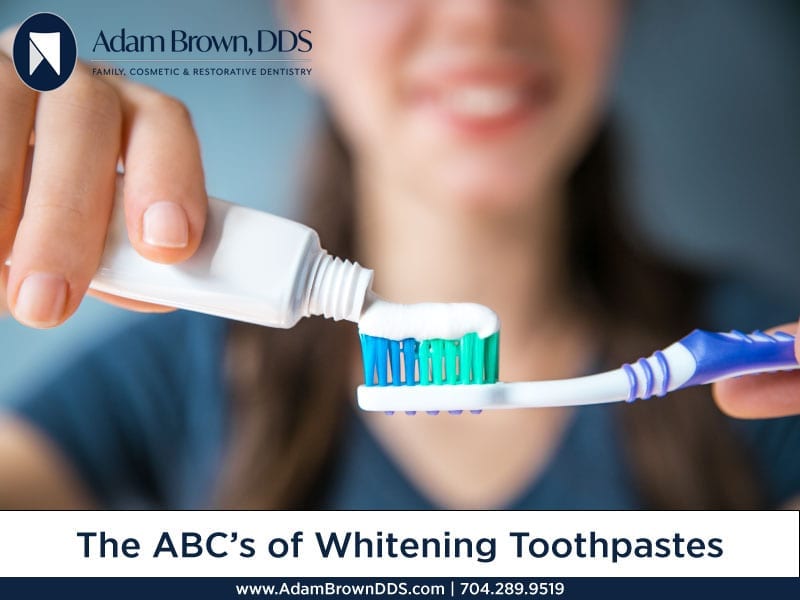A Crash Course on Electric Toothbrushes
Electric toothbrushes have become increasingly common as of late. Americans are becoming more aware of hygiene do’s and don’ts, leading to more families than ever investing in new, more innovative ways to keep their oral health in the best shape possible.

Anyone who goes to their local grocery or drug store will see hundreds of toothbrushes available for purchase, many of which are also electric. But you need to know what makes a good toothbrush effective to ensure you’re investing in the right product!
Adam Brown DDS is here to give you a crash course on electric toothbrushes so you can start to improve and maintain your dental health at home. That said, even the best toothbrush won’t make up for regular appointments if you’ve been out of a dentist’s office for some time. Read on and consider scheduling a checkup with Adam Brown DDS for better dental health.
Why Electric?
Electric toothbrush use is on the rise partially because of their near-unanimous approval. Nearly every study and dentist’s office out there recommends electric toothbrushes over manual toothbrushes. But why? Manual toothbrushes have been around for a long time, dating back to 3000 B.C., fundamentally always staying true to their form and function. Just how can a relatively new advancement top that in every way?
Part of it is tied to our limitations. Electric toothbrushes can make up hundreds, if not thousands, of brush strokes in seconds, while a manual toothbrush can only go as fast as our hands. The boost in efficiency translates to healthier gums, reduced tooth decay, and contributes to overall increased tooth longevity. Electric toothbrushes also have built-in timers, meaning you’re more likely to brush the recommended length of time.
Finally, many have heard that you can damage your enamel and gums if you brush too hard or in a harmful pattern when using a manual toothbrush. Electric brushes serve as a guardrail to these problems and reduce the chances of user-influenced damage.
An Introduction to the Terminology
When shopping for electric toothbrushes, you’ll find yourself looking at a lot of marketing lingo. Words like “sonic” and “rotating” are used to distinguish between specific electric toothbrushes. Here’s the gist of the differences:
Sonic Toothbrushes: Have vibrating brush heads that move side to side. To be sold as a sonic toothbrush, the vibration has to be fast enough to produce a noticeable hum sound. Many sonic toothbrushes offer impressive feats, such as 50,000 movements a minute!
Rotating Toothbrushes: Rotating brushes are very similar; they move using the power of an electric toothbrush but go much slower. Actions range from 2,500 to 7,500 strokes/movements per minute. Later, we’ll talk about the potential for electric toothbrushes to cause damage, so those with sensitivity may want to opt for a rotating toothbrush instead of a sonic.
Both brushes offer much more action than a manual, with many manual brushes coming in at around 300 movements a minute.
The Sustainable Option
One of the biggest positives with electric toothbrushes is reduced environmental impact. The American Dental Foundation recommends replacing toothbrushes every three to four months. This is great for your oral health, but it translates to a lot of toothbrushes being thrown away.
“There are 1 billion toothbrushes thrown away in the US annually. That’s 50 million pounds of waste. With 3.5 billion toothbrushes sold annually worldwide, that’s hundreds of millions of pounds of waste coming from our commitment to keeping our mouths clean and healthy.” – Stephen Bay, Earthup
Electric toothbrushes offer an alternative that doesn’t impact your teeth negatively. Most electric toothbrushes offer re-charging capabilities and replaceable heads. Keep your bristles fresh and within ADF standards, but keep the plastic out of the landfills! You can read more about sustainable dentistry and personal dental habits on Adam Brown DDS’s news page here.
Comparing Electric Toothbrush Brands
As we said earlier, you’ve got options with electric toothbrushes. Can those grocery store-brand electric toothbrushes stack up against more expensive competitors? Or how about the two major brands in the electric toothbrush game — Sonicare and Oral-B? Which provides a cleaner brush?
When looking at those grocery store models, look for FDA seals that indicate the brush is considered adequate and beneficial to your overall health. If the seal is on there, there’s a good chance the brush isn’t a bad purchase. Most electric toothbrushes provide the increased brushstrokes and correcting nature of an electric brush. But certain brushes offer improved bristles or spinning technology that go beyond their generic counterparts.
You’ll find some of these innovations in Sonicare and Oral-B brushes — the two companies that have contributed most to the growth of electric toothbrushes. Oral-B brushes tend to be the more affordable of the two, so those who are comfortable skipping on the bells and whistles will find themselves impressed with Oral-B’s options. Alternatively, Sonicare designs look more futuristic and offer a sleekness that warrants the extra cost for some people. These products provide color and design options to make your brush feel personalized and possibly even cool!
Notably, the two brands offer distinguishable brush heads. With Oral-B brushes, you’ll find a circular brush face that oscillates when turned on. Sonicare brushes are more elongated, with rows of bristles that look like a callback to fancier manual brushes. These brushes move side to side when activated, instead of oscillating like Oral-B brushes.
Overall, the two brands do electric brushing a bit differently. And, brush patterns aside, they result in a very similar clean. You might gravitate to Oral-B if you want to get the job done and grab an affordable brush. If you wish to feel like you’ve bought a brush from the future, you may opt for Sonicare’s impressive models. Keep in mind that you’ll be in for better dental health as long as you make the jump from manual toothbrushes!
The Downsides
Nothing in this world is perfect, and electric toothbrushes have some drawbacks in spite of their near-unanimous support from the dental community. Perhaps most evident is that electric toothbrushes cost far more than their manual counterparts, creating a potential barrier for those unwilling or unable to spend the extra money. Even after the initial purchase, head replacements are comparable in cost to regular manual toothbrushes, which can also be a problem.
Electric toothbrushes are also much louder than manual brushes, and that can be a dealbreaker for some families. Those who have partners or kids who are light sleepers may not want to risk waking them in exchange for a more effective brush.
Lastly, electric toothbrushes can cause damage to oral tissue. If misused, it won’t be a huge asset. Manual toothbrushes have the same problem, but when you use too much force with a powerful electric toothbrush, you could do more damage than if you were using a manual. This could be a specific concern for those with tender or already damaged gums.
Adam Brown DDS – A Dentist Ready to Help
Like an electric toothbrush, a dentist is there to help you achieve your dental and oral health goals. Adam Brown DDS is the right dentist for the job — a winner for your oral health as clear as ditching a manual toothbrush for an electric one!
Hundreds of happy customers have nothing but positive experiences and improved smiles to report after seeing Adam Brown. Take a look at the before-and-after gallery for evidence!
Remember that the best brushing habits alone won’t guarantee perfect dental health. Regular checkups with a qualified professional are vital to staying healthy. So, while you’re shopping online for the electric toothbrush that will claim a place on your bathroom sink, reach out to Adam Brown DDS and schedule an appointment!








 Another benefit to using an electric toothbrush is that it works much better for those with limited mobility.
Another benefit to using an electric toothbrush is that it works much better for those with limited mobility.
